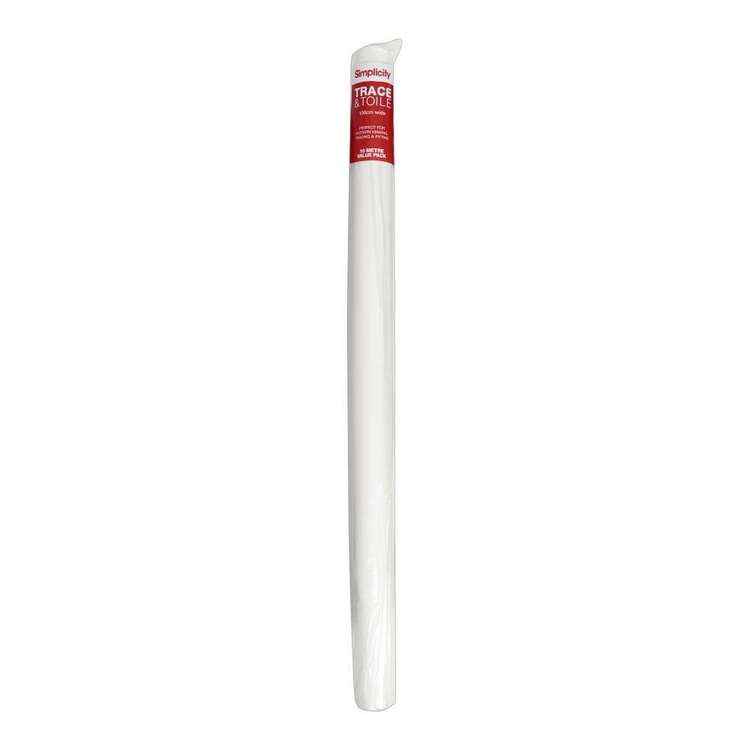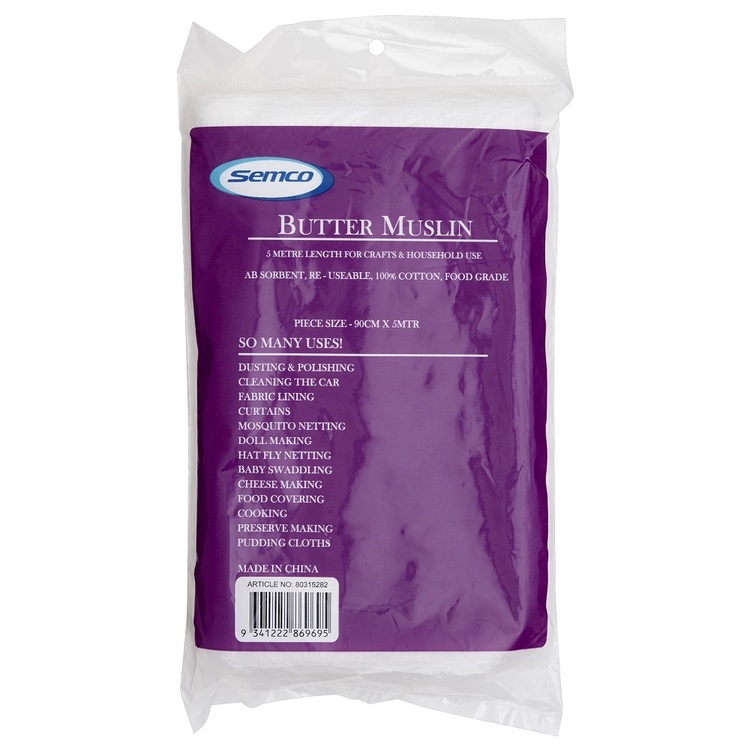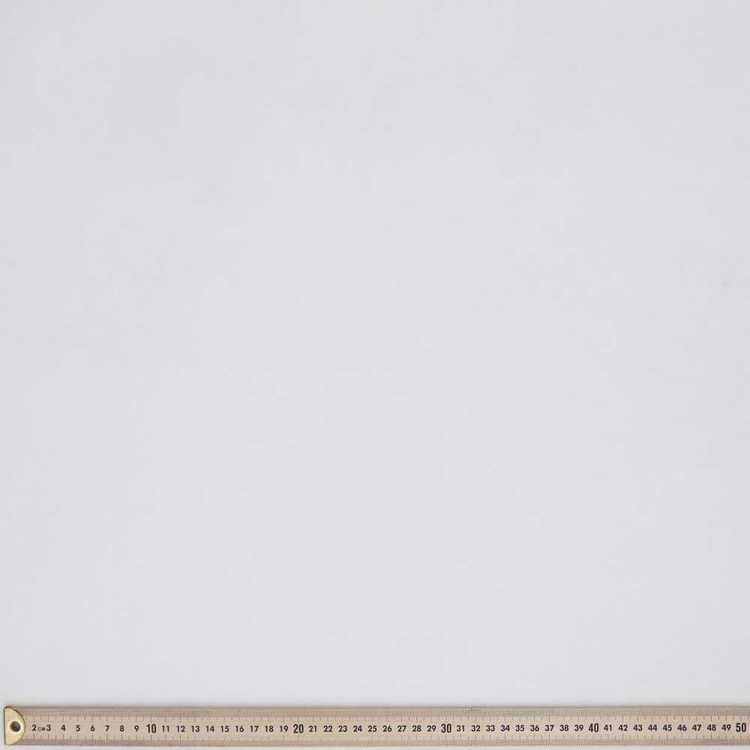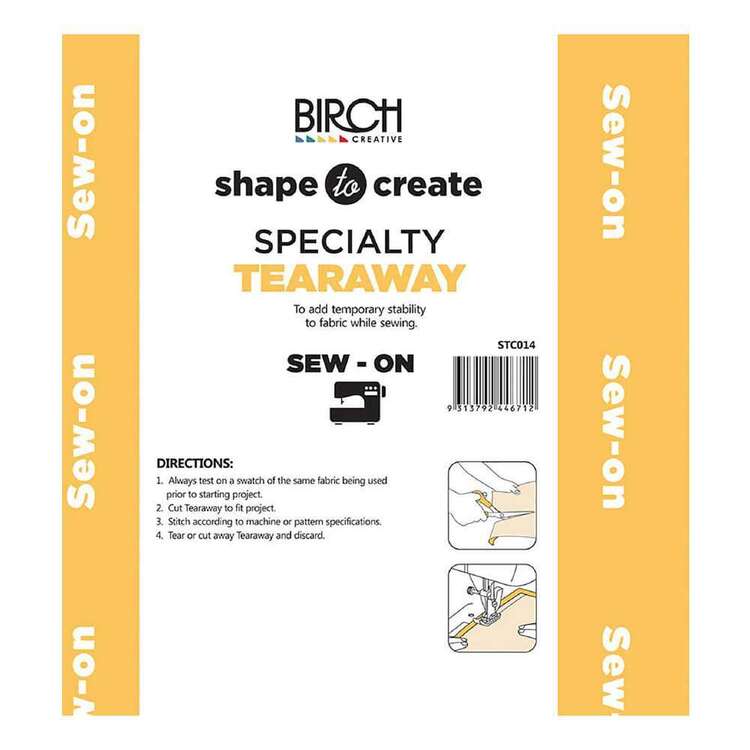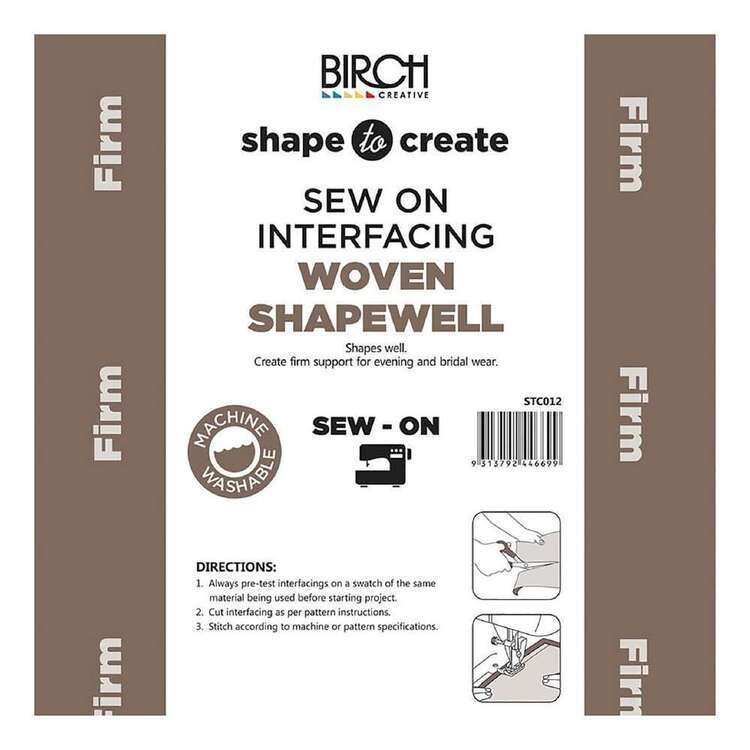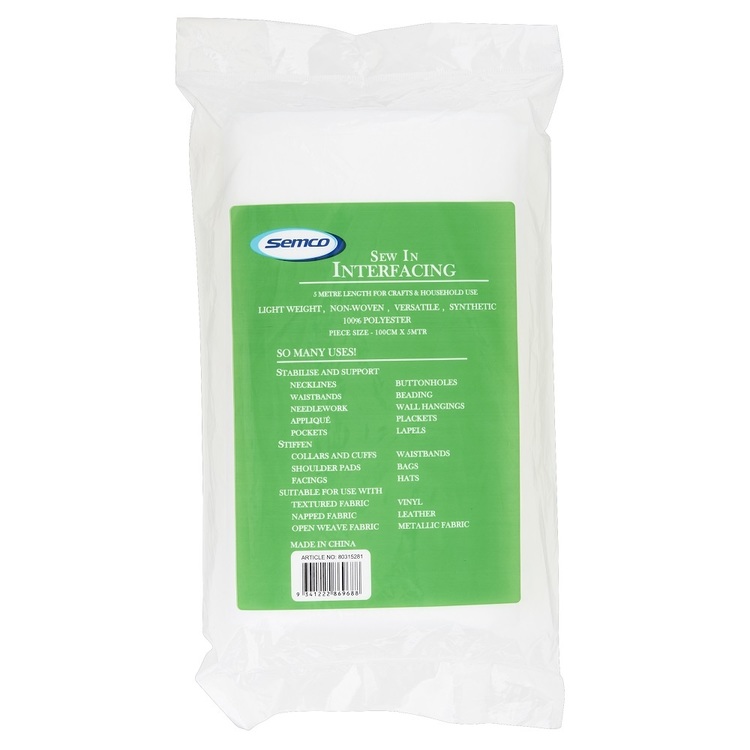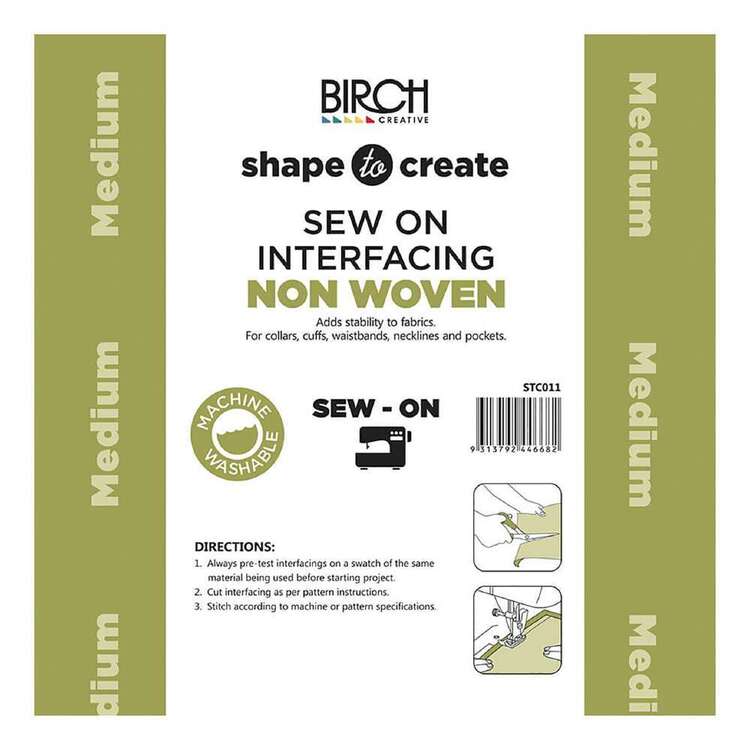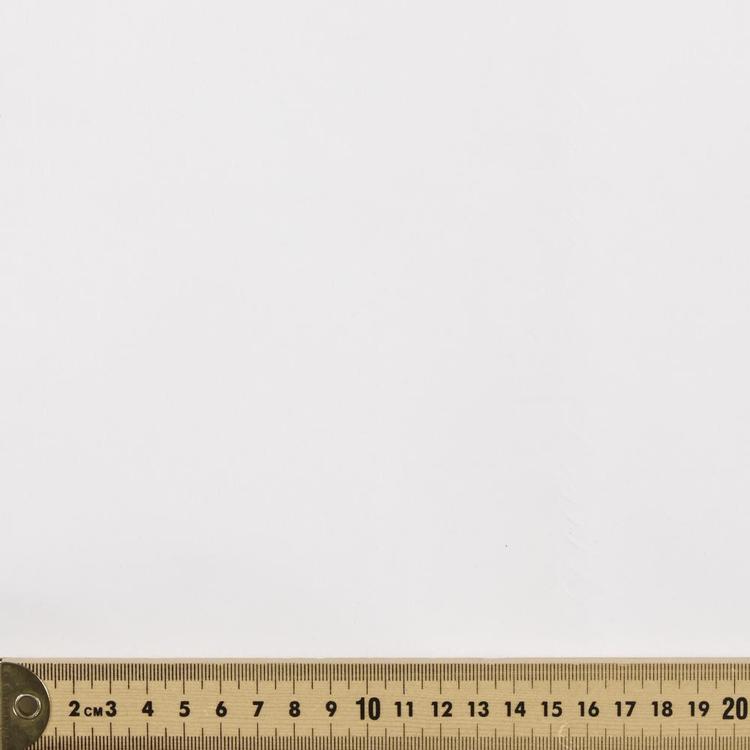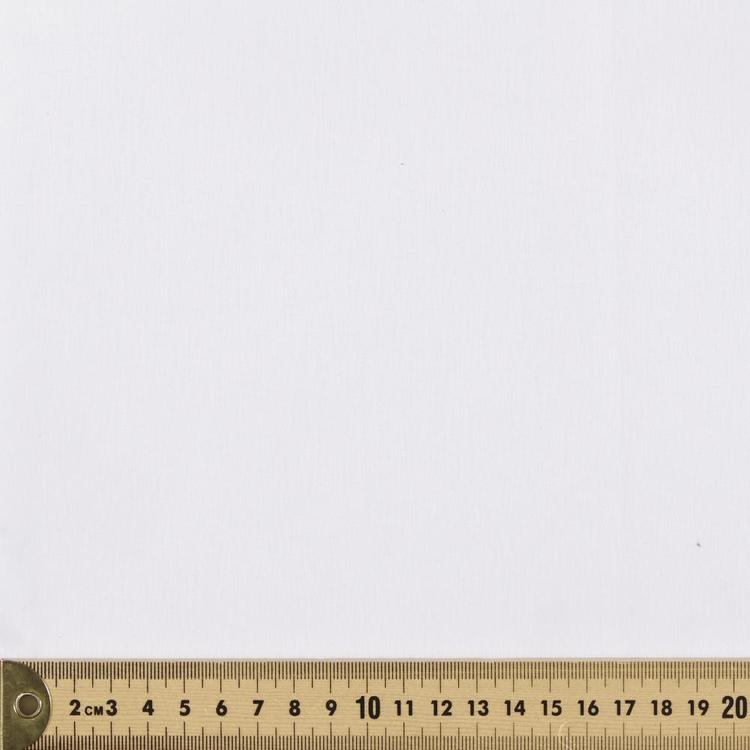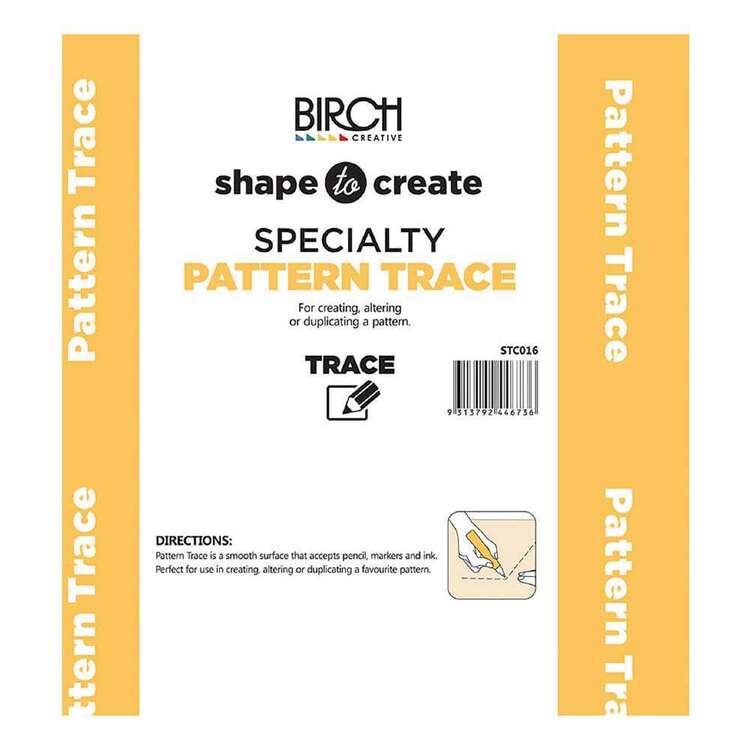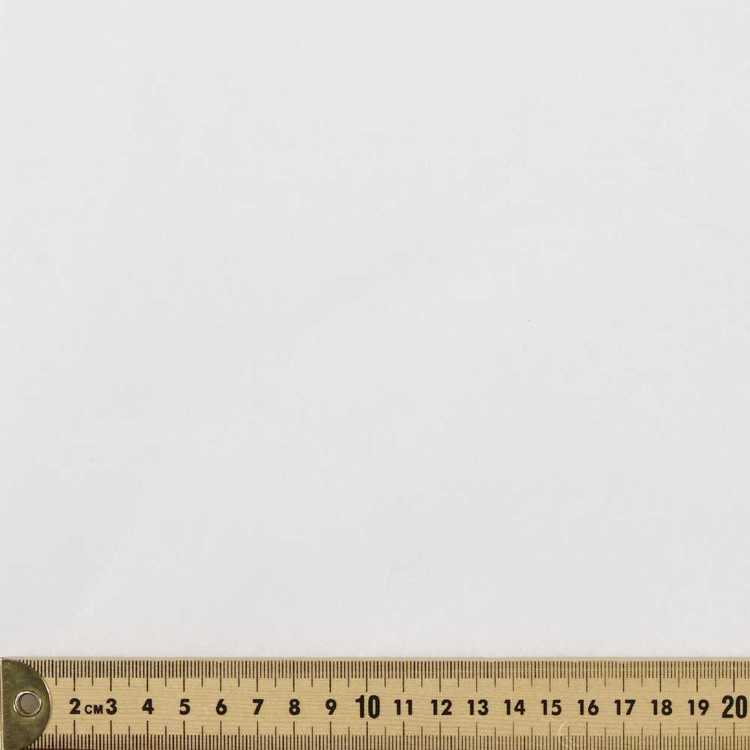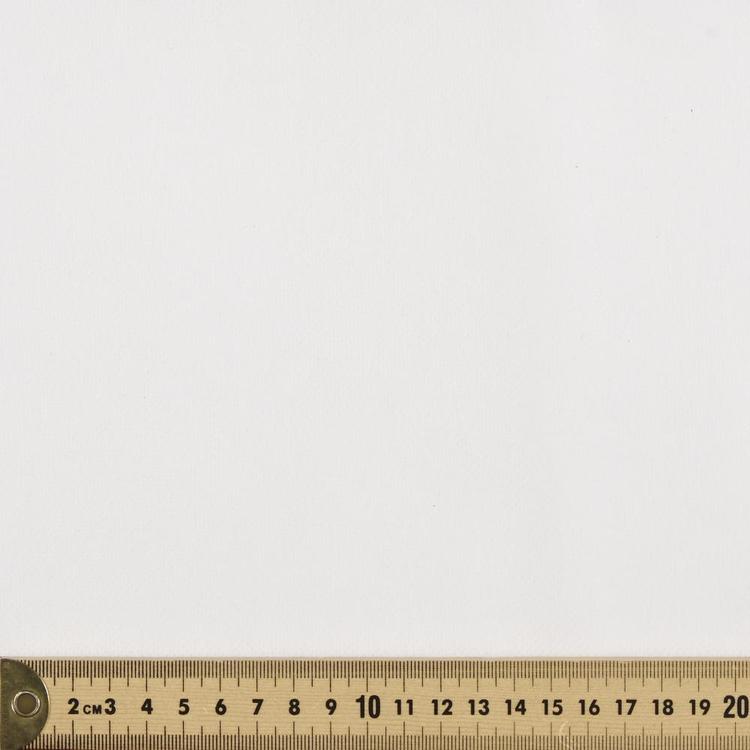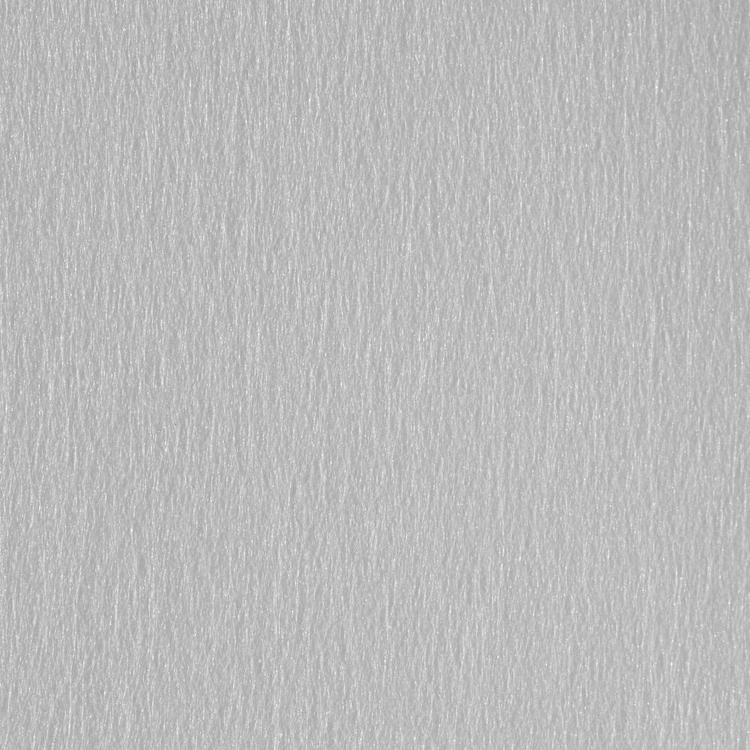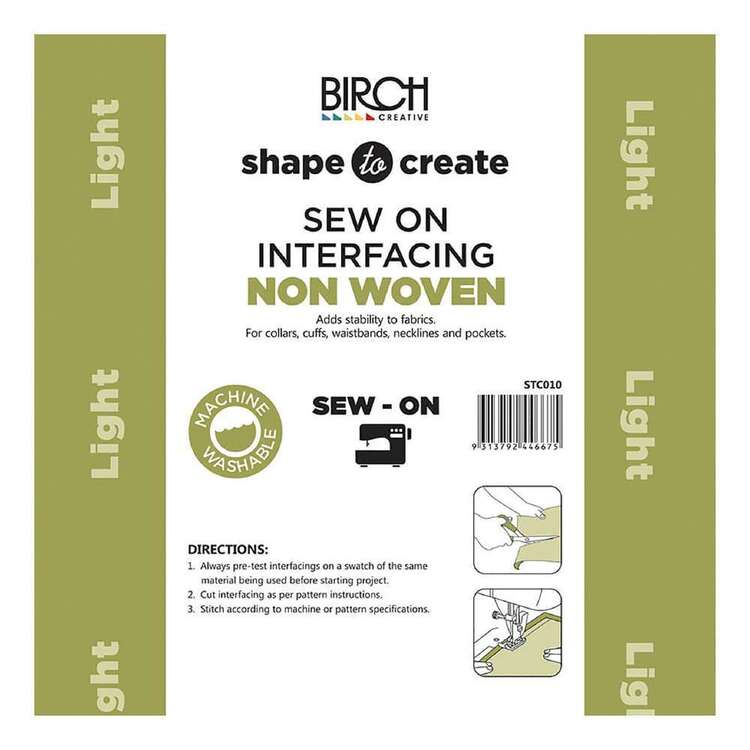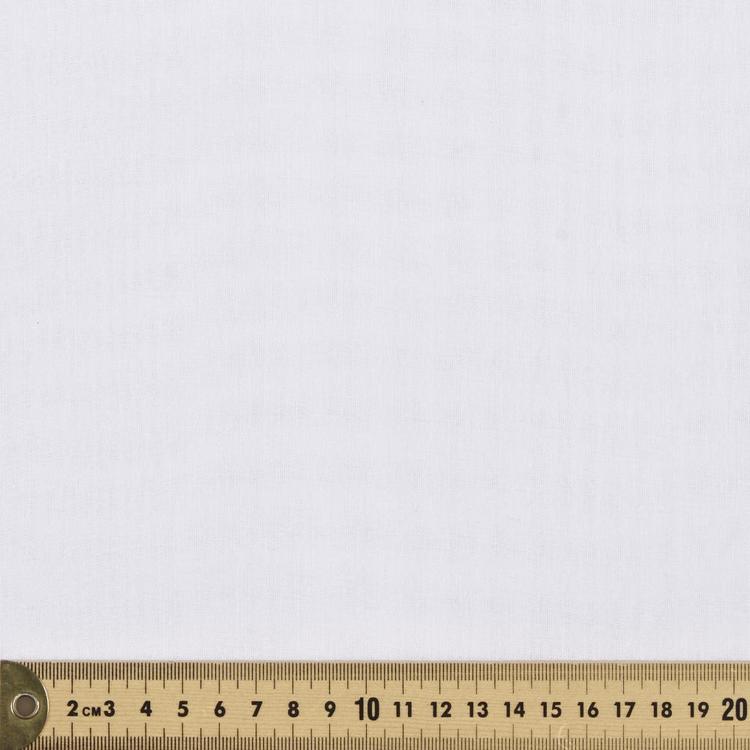 | ||
| Your browser is not supported. | ||
|
Please browse our site using any of the following options:
| ||
Sew In Interfacing
Add weight, stability and strength to any sewing project with Spotlight's handy sew in interfacing fabric. Shop sew on interfacing online or in-store.
15 items found.
Learn How To Work With Interfacing
Interfacing is used often for sewing, yet many beginners struggle with it. To help you get started with interfacing and to enable you to purchase the right type, Spotlight created this useful guide to interfacing.
What Is Interfacing Used For?
Crafters will use interfacing when they need to add an additional layer to a project - this with the purpose of adding strength, shape, or additional structure. Interfacing is therefore popular to reinforce collars, cuffs, and pockets on clothing.
What Type Of Interfacing Is Best For My Project?
There are various types of interfacing you can use in your projects, so you will encounter plenty of options when you purchase your first round of interfacing. But how do you choose interfacing that is right for the project in question? Below, Spotlight provides you with an overview of interfacing you can use.
Fusible interfacing: This is a great option for beginners, as this type of interfacing works with an adhesive. In other words, you can apply this kind of interfacing with something as simple as an iron and pressure.
We must mention that fusible interfacing is suitable for many fabrics, but not all. For example, fusible interfacing will not work on fabrics with a strong texture, as the texture prevents the adhesive from sticking to the fabric properly. Fusible interfacing is also not suitable for napped fabrics, heat-sensitive fabrics, and open weave fabrics.
Sew-in interfacing: When fusible interfacing is not suitable for your projects, you can choose sew-in interfacing instead. As the name suggests, this type of interfacing is applied by sewing it into the fabric.
Using sew-in interfacing can be more complicated for beginners, but it does have its advantages. Most crafters find that sew-in interfacing will provide a much better drape. In addition to that, this type of interfacing also tends to be less stiff than fusible interfacing.
Beginners should become a little more experienced before working with sew-in interfacing. To use this kind of fabric, you need to be able to handle multiple layers of fabric on your sewing machine at the same time. Unless you are comfortable with this, it is best to stick to fusible interfacing until you become more proficient.
Can Interfacing Have Different Weaves?
Interfacing can be woven, non-woven or even knitted. Each of these interfacing types has some advantages, so let us provide you with an overview of each and their respective advantages.
Non-woven: This kind of interfacing is made with bonded fibres, comparable to materials such as felt. The benefit of this kind of material is that it will not unravel once it is cut. In addition to that, most non-woven interfacing can be used in combination with most fabrics except for stretchy fabrics.
Woven: While non-woven interfacing is more suitable for beginners, woven interfacing is often used by more advanced crafters. The reason why we do not recommend woven interfacing for beginners is that cutting it can be complicated. When you cut the interfacing wrong, the entire thing can unravel. So, this type of interfacing we do not recommend until a crafter becomes more proficient.
Knitted: When you work with stretchy fabrics, it is best to choose knitted interfacing. Since both materials stretch, they are more compatible with one another. Of course, it does have applications for other fabrics too, but stretchy fabrics seem to benefit the most from knitted interfacing.
Does The Weight Of Interfacing Matter?
It does. The weight of your interfacing should be almost the same or a little lighter than the weight of your fabric. The reason for that is quite simple. If you add interfacing that is heavier than your chosen fabric, it will impact the garment negatively and even take over your entire project. Remember, interfacing is only meant to provide support or shape, not to become the most dominant part in your project.
Is Interfacing Available In Different Colours?
Interfacing can be obtained in different colours, with the most common being white and black. There are also some shades in between, but black and white are the most dominant and common colours used in dressmaking and other projects.
Of course, the choice of colour can depend on how light or heavy your fabric is. For example, lighter fabrics are more likely to show a darker colour underneath, so be sure to stick to similar or lighter colours in these cases. Of course, if your fabric is black, then you can use black interfacing.
Purchase Interfacing At Spotlight
Crafters can get many different types of interfacing at Spotlight. We provide many types of sew-in interfacing as well as fusible interfacing. We also provide interfacing fabric, ensuring you can cut the right size of interfacing for your project.
Check out the catalogue with interfacing options today and make your project even more special without breaking the bank!




